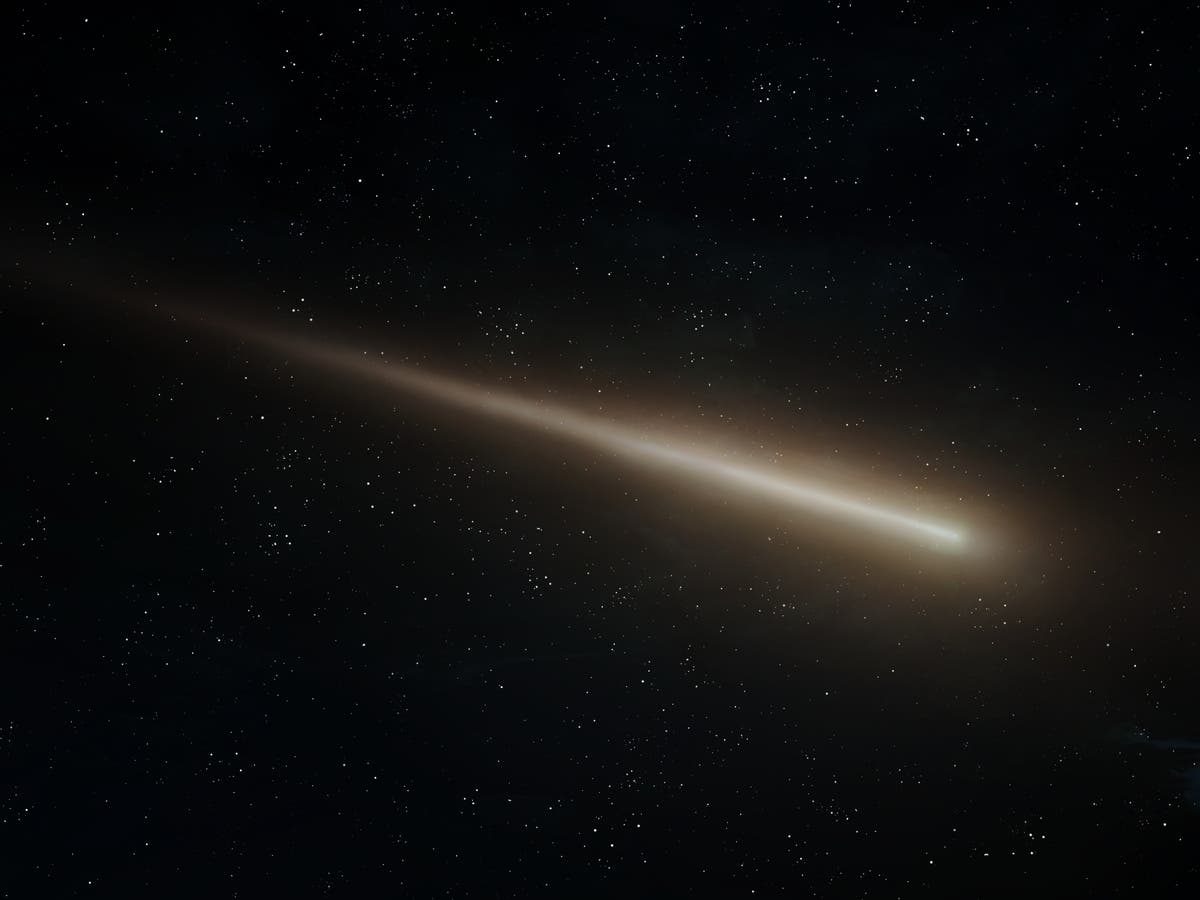Weather
Winter Solstice Arrives In GA Thursday, And You May See Ursid Meteors
In the night hours Thursday, the Ursid meteor shower is expected to peak in Georgia.

GEORGIA — Winter weather isn’t bound by the calendar. Meteorologists consider Dec. 1 the start of winter. But the “official” start of the season in Georgia is at 10:27 p.m. Eastern Time Thursday with the winter solstice.
There’s nothing to look up and see at the moment of the solstice, but if you look up, you may see some shooting stars as the Ursid meteor shower peaks overnight Thursday and Friday, Dec. 21-22.
Skies over Georgia are expected to be mostly cloudy for the Ursids peak. The shower, which offers about five or 10 meteors an hour, is produced by dust grains left behind by comet 8P/Tuttle, discovered in 1790. The moon will be about 71 percent full for the final meteor shower of 2023.
Find out what's happening in Across Georgiawith free, real-time updates from Patch.
You may also see a few shooting stars from the Geminids meteor shower, which also continues through Christmas Eve. The Quadrantid meteor shower starts the day after Christmas and peaks in early January.
With the arrival of the December solstice, Thursday will be the shortest day of the year, but fans of long days should look at it in another way. The celestial holiday is celebrated through the ages as the “birth of the sun.”
Find out what's happening in Across Georgiawith free, real-time updates from Patch.
In Georgia, the sun will rise at 7:37 a.m. and set at 5:31 p.m., meaning there will be about 10 hours of daylight. We’ll gain a few seconds of daylight each day, and by the time the spring equinox comes around on Tuesday, March 19, 2024, we’ll have about 12 hours of daylight in Georgia.
For fun, mark the winter solstice by taking a picture of your shadow at noon on Thursday. Because the sun is at its lowest arc across the horizon, it casts long shadows. Shadows at noontime on the day of the winter solstice will be the longest of the year.
Fire and light are traditional symbols used in feasts held on the darkest day of the year. The winter solstice, the oldest-known winter celebration, is derived from the Latin word “solstitium,” which means “sun standing still.”
In ancient times, it was both spiritually and scientifically essential and marked the changing of the seasons. The best place in the world to observe the winter solstice is at the prehistoric monument Stonehenge in Wiltshire, England, believed to have been erected by ancient Celtic druids to line up the exact position of the sunset on the winter solstice.
The winter solstice occurs at the exact moment the North Pole tilts the farthest away from the sun. The sun seems to stand still directly over the Tropic of Capricorn, which is 23.5 degrees south of the equator. During the summer solstice, which occurs on Thursday, June 20, 2024, the sun is directly over the Tropic of Cancer.
The winter solstice may explain why Christians celebrate the birth of Jesus in December. The Bible isn’t specific about when Jesus was born. Some people believe Dec. 25 may have been selected by Pope Julius I as the date of Christ’s birth to replace the ancient pagan Roman midwinter festival called “Saturnalia” with a Christian holiday.
The late Harry Yeide, who taught religion at George Washington University for nearly 50 years and died in 2013, once told National Geographic that as the Christmas celebration moved West, “the date that had been used to celebrate the winter solstice became sort of available for conversion to the observance of Christmas.”
For example, several rituals associated with Christmas — dinner feasts, gift-giving, and decorative wreaths — are rooted in pagan winter solstice rituals.
It may surprise you that the earliest sunsets and latest sunrises don’t occur on the winter solstice. It seems counterintuitive, but as Earthsky.org explains it, the key is understanding solar noon, the time of day the sun reaches its highest point in the sky. True solar noon occurs 10 minutes earlier on the clock in early December than it does at the solstice. When true noon occurs later on the solstice, so do the sunrise and sunset times.
“It’s this discrepancy between clock time and sun time that causes the Northern Hemisphere’s earliest sunset and the Southern Hemisphere’s earliest sunrise to precede the December solstice,” Earthsky.org says. “The discrepancy occurs primarily because of the tilt of the Earth’s axis. A secondary but another contributing factor to this discrepancy between clock noon and sun noon comes from the Earth’s elliptical — oblong — orbit around the sun.
“The Earth’s orbit is not a perfect circle, and when we’re closest to the sun, our world moves fastest in orbit. Our closest point to the sun — or perihelion – comes in early January. So we are moving fastest in orbit around now, slightly faster than our average speed of about 30 kilometers (18.5 miles) per second. The discrepancy between sun time and clock time is greater around the December solstice than the June solstice because we’re nearer the sun at this time of year.”
Get more local news delivered straight to your inbox. Sign up for free Patch newsletters and alerts.